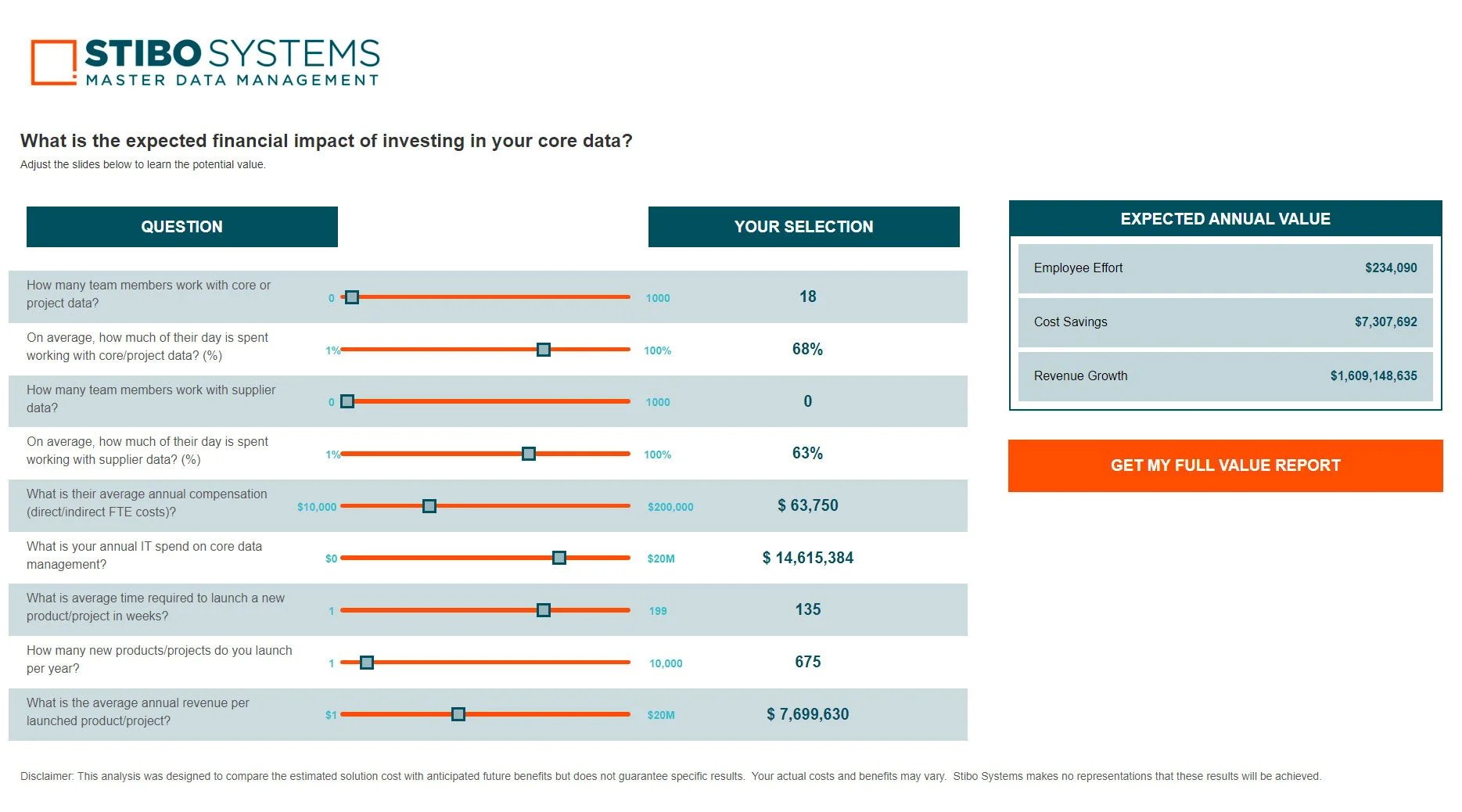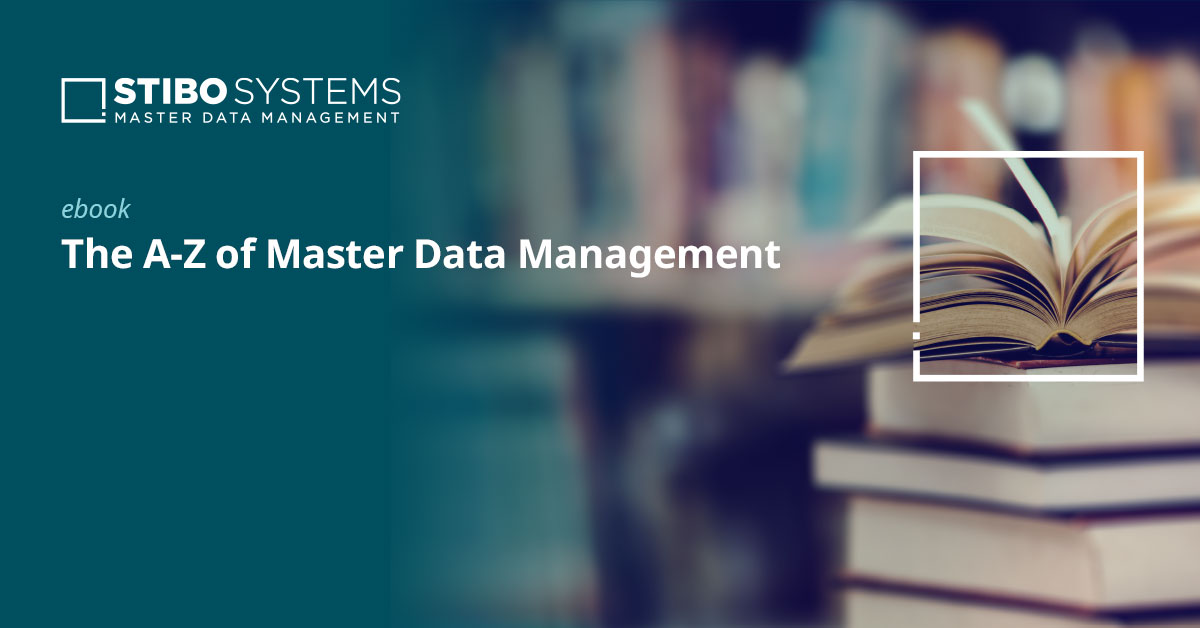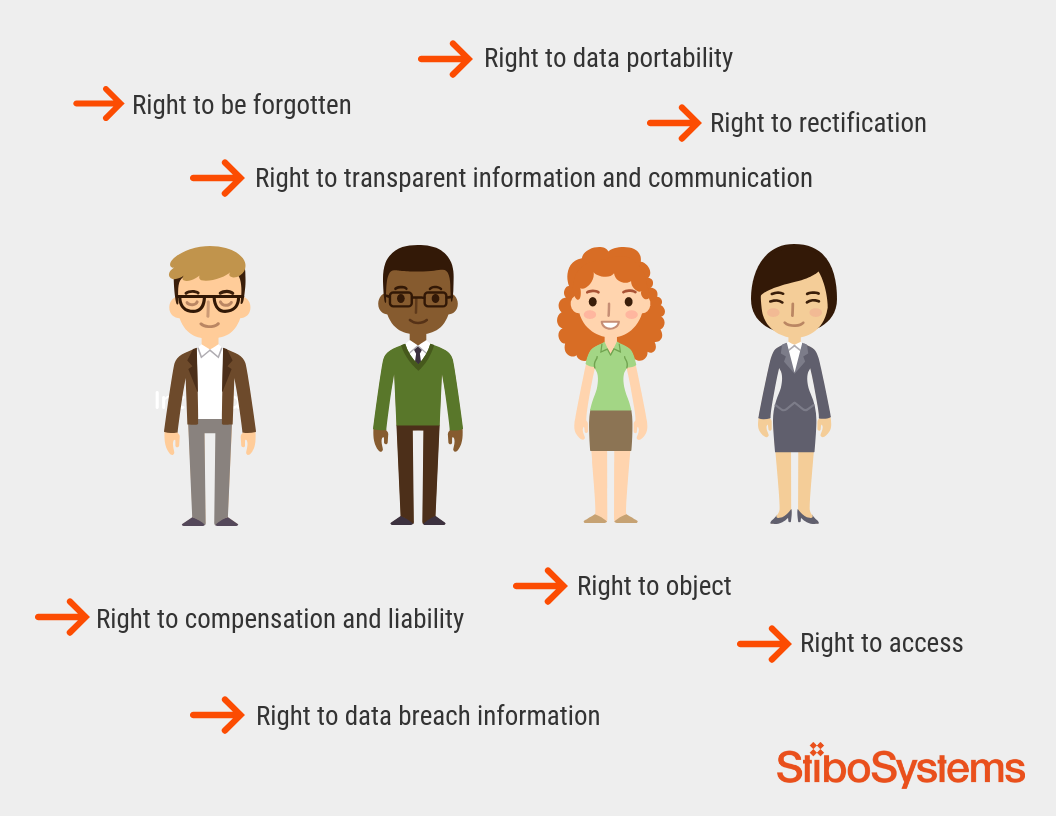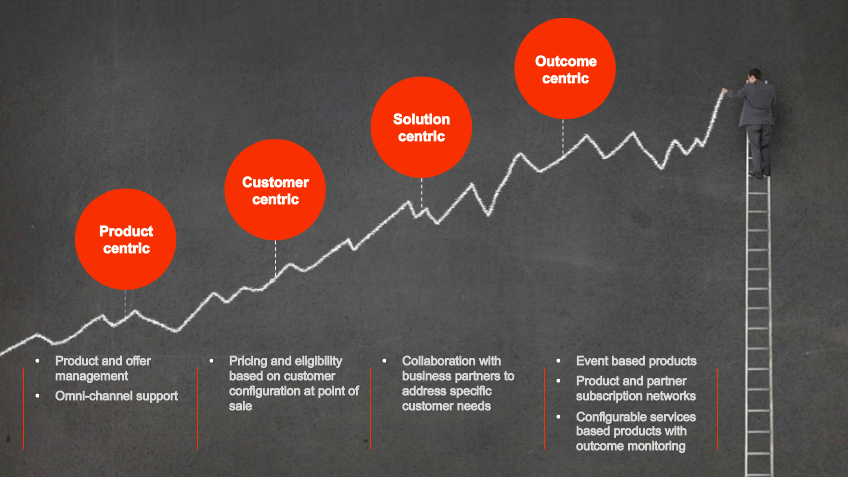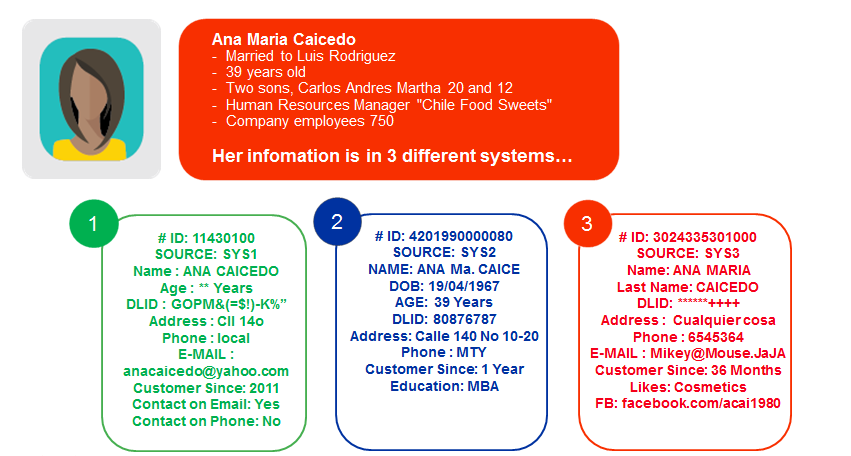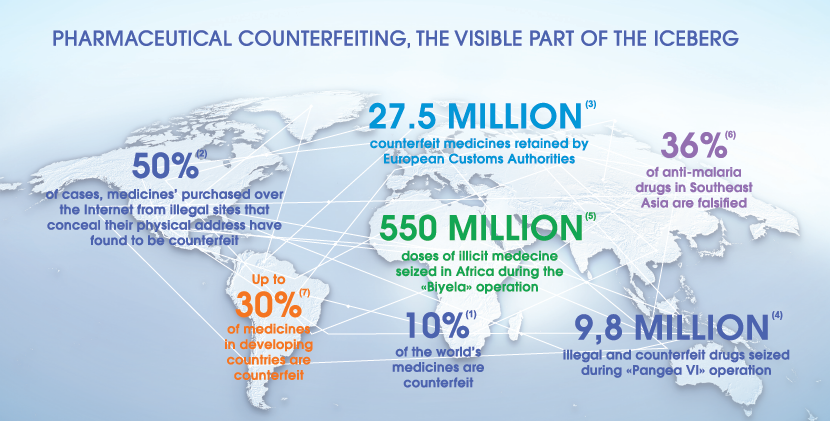Make sure master data management includes matching and linking, business rules, governance, data privacy, enrichment and consent management
If you are evaluating master data management solutions, what are the basic features it should offer and why? More importantly, how will each of these elements come together to benefit you and your organization? Following are six master data management features and capabilities you should look for before selecting and investing in a solution for your organization.
Six critical capabilities and features to look for when investing in a master data management solution
1) Master data matching and linking
In addition to pulling together diverse sources of data, a master data management solution should contain a matching and linking feature. For most organizations, their data has been captured using different systems and applications. For some, mergers and acquisitions (M&A) have increased the number of silos where data resides. Therefore, duplicate records and data and variations of information are inevitable.
A matching and linking capability uses algorithms that automatically identify duplicates and help resolve multiple entries into a single, accurate record. Without this functionality you run the risk of contacting the same customer twice or listing the same product multiple times. This not only risks alienating your customers, it also skews any analytical results, as you can’t hope to obtain accurate insights if the data being examined is inaccurate.
Transforming data from a multitude of systems into one single, accurate record is a critical part of any master data management solution. In addition, the master data matching and linking feature will ensure you:
-
Eliminate duplicated data
-
Feed accurate information into all your systems
-
Are able to monitor the integrity of your source systems
-
Have the foundation from which to enrich your records with third-party data
-
Can automate a number of otherwise resource-intensive tasks
2) Applying master data business rules
As part of your master data management solution, you should be able to introduce conditions or actions that modify data accordingly. Enter, business rules.
Business rules should be shareable across different use cases, such as when importing data or doing approval processes. They should be centralized, allowing the rules to be changed once and applied everywhere. Business rules should be implemented directly in the user interface without having to wait for back-end development.
The benefit of business rules is they allow you to create, apply and manage enterprise-wide data governance policies. Your chosen policies will enable you to define the data lifecycle for each relevant object type, define workflows for decision and approval processes and define rules that enforce data integrity.
Business rules should play a vital role in your data strategy, helping introduce data quality and governance strategies quickly and accurately, thus reducing risk.
3) The ability to manage data location/localization
Under law, certain customer data must remain within the borders of a particular region or country. Data localization refers to when data is stored on any device physically present within the borders of the country where the data was generated.
The free flow of data is restricted by some governments, and data localization is encouraged in an attempt to promote security across borders. The General Data Protection Regulation (GDPR) states personal data can only be transferred to countries outside the EU when an adequate level of protection is guaranteed. As the cost of non-compliance is high, most organizations will want to ensure their customer data remains within the EU, or even within the country of its origin.
Managing data location can be a challenge as you need to be certain of its geographical origin and have parameters in place to restrict its usage in other countries, if necessary. However, a master data management solution should enable you to standardize your data location with integration and data quality tools. You should be able to connect centralized localization data with other domains to discover relationships and link relevant documents and assets to master records.
Your data location could overlap with other data sources within areas of your business and, by analyzing it, you may be able to refine your operational information.
4) Supporting the data privacy and security
As the amount of data your organization handles increases, it becomes increasingly vital to establish efficient data privacy policies and processes. Role-based security policies within a master data management solution should help you define access rights to any data. These rights can be applied to restrict actions. This helps to protect sensitive and private data, particularly relevant for those in the financial services sector, but of growing concern to any business given the stringent requirements of the GDPR.
A master data management solution should offer the ability to encrypt data attributes with business-defined cryptographic keys, so users will be prompted for a password before they can view attribute values. This ensures your company has no vulnerabilities that could be exploited by external parties trying to gain access to the data you hold.
5) Refining your records with data enrichment
Data enrichment refers to the tools and processes that improve the quality of data coming from any number of different inbound sources. It is a crucial element to achieving a true 360-degree view of your data.
Cleansing and streamlining data can lead to significant operational and customer-related benefits as you can identify incomplete, incorrect or irrelevant data and modify or delete where necessary to give you a more accurate view of your customers. However, by integrating with third-party sources, you can enhance and refine your data even further.
Data enrichment should start by validating the data you already have and then cleansing it. Once you’ve done this, you can combine it with external data sources to further broaden your insight.
As a result, you’ll have richer customer and product records, giving you better insights that will allow you to make proactive business decisions that have a greater degree of success. You’ll also gain higher confidence in your business data enabling better risk management.
This enriched data can be used to analyze trends, show emerging patterns and reduce your exposure to risk. With a deeper understanding of your customers, including their behavior and lifestyle, you can specifically tailor products to their needs.
6) Laying the foundation for consent management
Due to data legislation such as the GDPR, you need to have a clear framework for how you handle personal information, such as customer data. You need to be transparent as to why you’re holding someone’s data, whether they’ve agreed to your obtaining and keeping it, and proof that they’ve consented to this.
With customer master data management, you should be able to consolidate you customer data into a single place, which makes collaboration between business and technical staff much easier, as they can work together on one set of data to meet governance rules. This centralized repository allows you to monitor and better protect sensitive data across all source types thus reducing the risk of personal data exposure. And, with a single view of data subjects, you can manage their consent.
With a 360-degree view of each individual it becomes easier to facilitate consent marketing and adhere to consumer rights such as "right to access" and "right to object." And, as the amount of data you handle grows, it becomes more critical to establish efficient data privacy policies. However, data governance shouldn’t be considered a burden. Done properly, it can be used to provide insights into the usability, integrity, security and privacy of your data.
It should be noted: data privacy must be entrenched in existing legacy systems and networks as well as new ones. A master data management solution can help you ensure all data repositories are covered.
Choosing a master data management solution that fits your business needs
While we have outlined six valuable features and capabilities of master data management, your solution should, of course, be designed with your business objectives at its core. You need to identify your biggest business pains related to data. The features most relevant to those will then follow, naturally. This will help you make a compelling business case for master data management.
Reviewing your business objectives and mapping out how managing your data can help you achieve them gives you the foundation for identifying the master data management solution that’s perfect for you.

